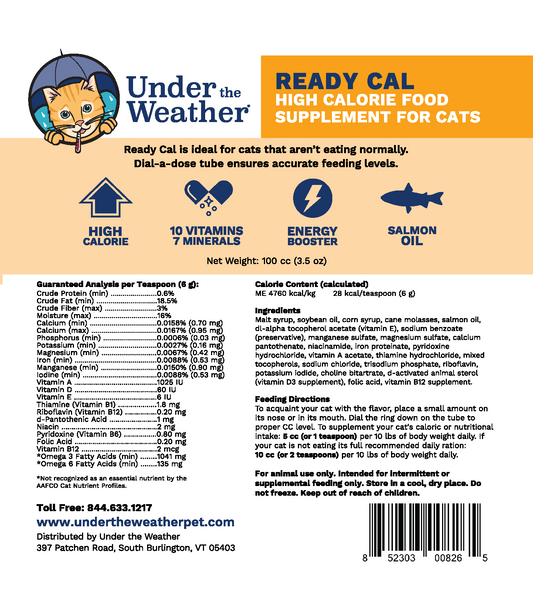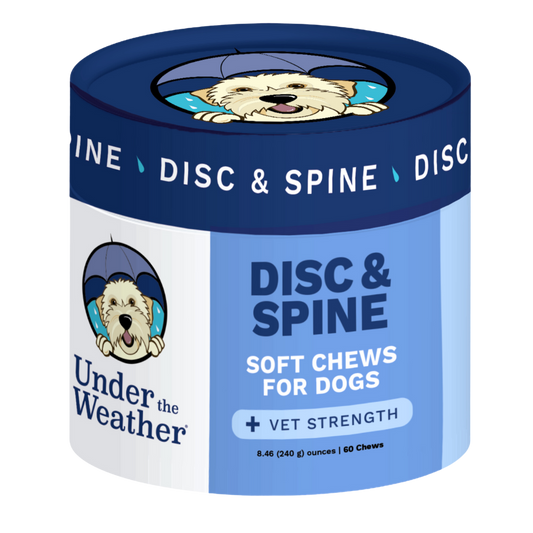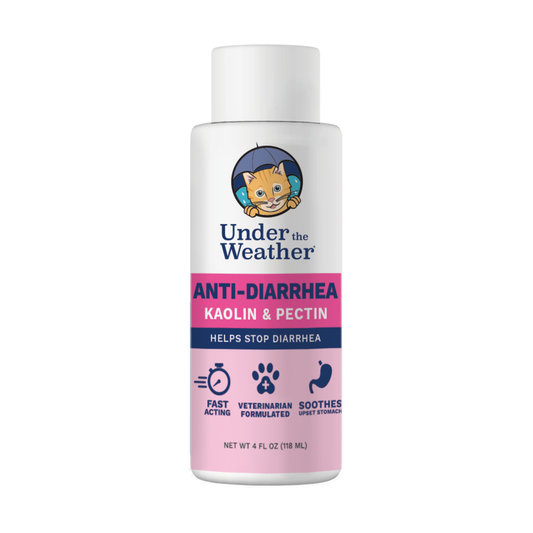When our beloved furry friends are feeling under the weather, it can be a worrisome time for us as pet parents. One common issue that dogs often experience is vomiting. While there are various underlying causes for vomiting in dogs, implementing a bland diet can help soothe their stomachs and provide them with the necessary nutrients for recovery. In this article, we will explore the chicken and rice bland diet for dogs, its benefits, how to prepare it, and alternative options to consider.
Understanding the Need for a Bland Diet
The Role of Diet in Canine Health
Diet plays a critical role in maintaining the overall health and well-being of our canine companions. Just as our bodies require a balanced and nutritious diet, dogs also need proper nutrition to thrive. When a dog experiences vomiting, it is often a sign that their gastrointestinal system is upset. In such cases, a bland diet can help provide relief and aid in the healing process.
Benefits of a Bland Diet for Dogs
A bland diet for dogs typically consists of easily digestible ingredients such as boiled chicken, white rice, and plain yogurt. These bland foods are gentle on the stomach and can help soothe any inflammation or irritation present in the digestive tract. Additionally, bland diets are low in fat and fiber, which can further ease the digestive burden on a dog's system, allowing it to recover more quickly.
Causes of Vomiting in Dogs
Vomiting in dogs can be caused by various factors, including dietary indiscretion, abrupt diet changes, infections, parasites, and certain medical conditions. Regardless of the underlying cause, feeding your dog a bland diet can help alleviate symptoms and promote recovery by providing easily digestible ingredients.
The Basics of the Chicken and Rice Bland Diet
When considering a chicken and rice bland diet for dogs, it is important to understand the simplicity and effectiveness of this approach. The concept of a bland diet revolves around using ingredients that are gentle on the stomach and easy to digest. By focusing on boiled chicken and white rice, pet owners can provide their furry companions with a meal that is not only nutritious but also soothing for any digestive issues they may be experiencing.
What Constitutes a Bland Diet?
A chicken and rice bland diet for dogs consists of simple, easily digestible ingredients that are gentle on the stomach. The main components of this diet are boiled chicken and white rice. These two ingredients are typically well-tolerated by dogs and provide the necessary nutrients without adding unnecessary complexity to the digestive process.
Benefits of Chicken and Rice for Dogs
Chicken is a lean protein source that offers essential amino acids for muscle repair and growth. It is also easily digestible, making it ideal for dogs with sensitive stomachs. Rice, on the other hand, is a carbohydrate that provides energy and helps bind the stool. Together, chicken and rice create a balanced and nourishing meal for dogs on a bland diet.
Moreover, the bland nature of this diet can be beneficial for dogs recovering from gastrointestinal upset or undergoing dietary transitions. The simplicity of the ingredients helps in reducing the workload on the digestive system, allowing it to heal and recover more effectively. Additionally, the mild flavors of chicken and rice are often palatable for dogs, encouraging them to eat even when they may not have much of an appetite.
Preparing the Chicken and Rice Bland Diet
Choosing the Right Ingredients
When embarking on the journey of crafting the perfect chicken and rice bland diet, the selection of ingredients plays a pivotal role in the culinary symphony you are about to conduct. Picture this: tender, boneless, skinless chicken breasts or thighs elegantly waiting to be transformed into a delectable masterpiece. The key here is to opt for these pristine cuts of poultry without any seasoning or additives, allowing the natural flavors to shine through. As for the rice companion in this culinary duet, plain white rice emerges as the unsung hero, providing a neutral backdrop for the star ingredient to take center stage. While brown or flavored varieties may tempt your taste buds, sticking to the simplicity of white rice is the secret to achieving the desired blandness that defines this diet. For those seeking the utmost purity in their culinary creations, the choice of organic ingredients can elevate the dish to a level of unparalleled wholesomeness, free from the shackles of harmful chemicals or preservatives.
Cooking Instructions for the Bland Diet
As you stand at the threshold of culinary excellence, ready to embark on the gastronomic adventure of preparing the chicken and rice bland diet, the first step beckons you with a promise of savory delights. Begin by gently simmering the chicken in a pot of water, allowing it to dance in the bubbling cauldron until it reaches a state of tender perfection. Once the chicken has yielded to the gentle persuasion of heat and moisture, remove any vestiges of excess fat or skin, unveiling the pure essence of the succulent meat. With a deft hand, shred the chicken into delicate strands, ready to intertwine with the grains of rice in a harmonious union of textures and flavors. Meanwhile, in a separate vessel, the white rice awaits its turn to undergo a metamorphosis of its own. Follow the sacred instructions inscribed on the package, guiding the rice to a state of fluffy completion. And lo, as both chicken and rice stand prepared, merge them in a divine ratio of 1:2, where one part chicken gracefully waltzes with two parts rice, creating a symphony of simplicity on the palate.
Implementing the Bland Diet
When it comes to transitioning your dog to the chicken and rice bland diet, patience is key. Dogs, like humans, can have sensitive stomachs that need time to adjust to new foods. By gradually introducing the bland diet into their meals, you are allowing their digestive system to adapt without causing unnecessary stress. This gentle approach can help minimize any potential gastrointestinal issues and ensure a smoother transition overall.
Transitioning Your Dog to the Bland Diet
Before immediately switching your dog's diet to the chicken and rice diet, it is crucial to transition gradually. Abrupt dietary changes can sometimes lead to additional digestive upset. Start by gradually replacing a small portion of your dog's regular food with the bland diet, increasing the ratio over several days until they are solely on the bland diet. This slow and steady method allows your dog's stomach to acclimate to the new diet, reducing the likelihood of any adverse reactions.
Monitoring Your Dog's Response to the Diet

As you implement the chicken and rice bland diet, closely monitor your dog's response. Observe changes in their stool consistency, frequency of vomiting episodes, and overall energy levels. This monitoring process is essential for tracking their progress and identifying any potential issues early on. If their symptoms improve and they tolerate the diet well, continue feeding the bland diet until they fully recover. However, if there is no improvement or their condition worsens, it is crucial to consult your veterinarian for further guidance. Your vet can provide valuable insights and recommend adjustments to ensure your dog's health and well-being are prioritized.
Potential Concerns and Alternatives
When it comes to your furry friend's health, knowing when to consult a vet is crucial. While the chicken and rice bland diet can work wonders for most dogs with mild stomach issues, there are instances where professional veterinary attention is necessary. If your dog is persistently vomiting, experiencing prolonged diarrhea, showing signs of dehydration, or exhibiting any other worrying symptoms, it's imperative to seek guidance from a veterinarian. These trained professionals can conduct a thorough assessment to determine the root cause of the vomiting and provide tailored treatment options to address the issue effectively.
Other Bland Diet Options for Dogs
Although the chicken and rice bland diet is a widely favored choice for pups with sensitive stomachs, it may not suit every canine companion. Dogs, like humans, can have individual dietary restrictions, allergies, or sensitivities that require alternative bland diet options. In cases where chicken and rice may not be the best fit, exploring other gentle diet choices is essential. Consider options such as boiled lean ground turkey with sweet potato, which provides a lean protein source and easily digestible carbohydrates. Another alternative could be boiled fish with tapioca, offering a different protein option while remaining gentle on the stomach.
Conclusion
In times of gastrointestinal upset, implementing a chicken and rice diet can provide relief for dogs and aid in their recovery process. By understanding the importance of a balanced diet, the benefits of chicken and rice, and the steps to prepare and implement the diet, pet parents can support their furry companions during times of digestive distress. Remember to closely monitor your dog's response to the diet and consult a veterinarian if needed. With proper care and nutrition, your dog will be on the path to feeling better in no time.












